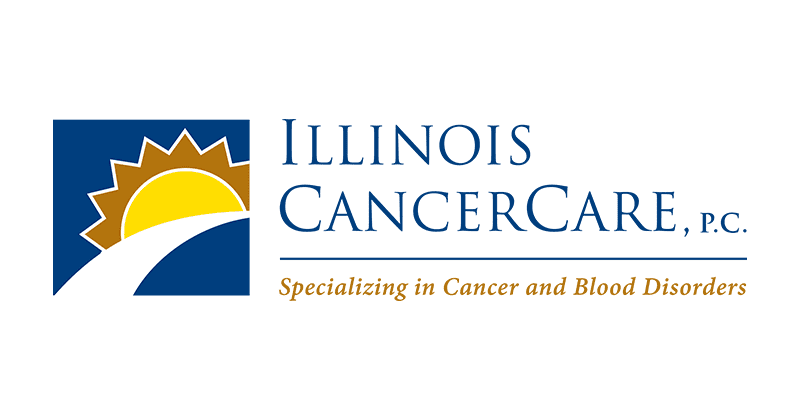Colon Cancer
Colon cancer forms in the tissues of the colon (the longest part of the large intestine). Most colon cancers are adenocarcinomas (cancers that begin in cells that make and release mucus
and other fluids). Colorectal cancer is the third most common non-skin cancer in both men and women. Men and women have similar incidence rates through age 39; at and above age 40, rates are higher in men. Differences exist between racial/ethnic groups in both incidence and mortality.
Risk Factors
Increasing age, colorectal polyps, a family history of colorectal cancer, certain genetic mutations, excessive alcohol use, obesity, being physically inactive, cigarette smoking, and a history of inflammatory bowel disease.
Types of Treatment
Surgery, chemotherapy, immunotherapy, radiation therapy, cryosurgery, radiofrequency ablation, and targeted therapy.
Anal Cancer
Anal cancer is an uncommon type of cancer that occurs in the anal canal. The anal canal is a short tube at the end of your rectum through which stool leaves your body. Anal cancer can cause signs and symptoms such as rectal bleeding and anal pain. Most people with anal cancer are treated with a combination of chemotherapy and radiation. Though combining anal cancer treatments
increases the chance of a cure, the combined treatments also increase the risk of side effects.
Risk Factors
Older age, many sexual partners, having anal sex, smoking, history of cancer, Human papillomavirus (HPV), drugs or conditions that suppress your immune system, HIV — the virus that causes AIDS — suppresses the immune system and increases the risk of anal cancer.
Types of Treatment
Chemotherapy and radiation therapy
Gastroesophageal Cancer
Gastric cancer forms in tissues lining the stomach. Esophageal cancer forms in tissues lining the esophagus (the muscular tube through which food passes from the throat to the stomach). Two types of esophageal cancer are squamous cell carcinoma (cancer that begins in flat cells lining the esophagus) and the most common in the United States, adenocarcinoma (cancer that begins in cells that make and release mucus and other fluids). Stomach (gastric) cancer is relatively rare as the 16th most common cancer in the United States. Incidence rates are much lower among
whites than other racial/ethnic groups in the United States. Men have much higher stomach and esophageal cancer incidence and mortality rates than women. Stomach cancer can have a
genetic link. ILCC offers genetic counseling and testing for hereditary gastric cancer.
Risk Factors
Helicobacter pylori (H. pylori) infection of the stomach, smoking, family history of stomach cancer, a diet high in salted/smoked foods, a diet low in fruits and vegetables, tobacco use, alcohol
use, having Barrett’s esophagus orgastric reflux disease, and increasing age
Types of Treatment
Surgery, chemotherapy, radiation therapy, chemoradiation, targeted therapy, laser therapy, and electrocoagulation
Liver Cancer
The most common liver tumors are those that are spread to the liver from other organs, such as the colon or breast. Liver cancers refers to tumors that originate within the liver itself, including cholangiocarcinoma and hepatocellular carcinoma. The liver can regenerate after removal, but only if enough is left behind to allow it to do so. Treatments for liver tumors therefore vary depending upon the health of the liver, how many liver tumors are found, and how big theliver tumors are.
Risk Factors
For liver cancers that originate in the liver: hepatitis, alcohol use, cirrhosis, fatty liver disease, some diseases of the bile duct. For liver tumors that are spread from other organs: cancer of another organ
Types of Treatment
Surgery, chemotherapy, ablation (microwave ablation, cryoablation), radioembolization, chemoembolization, irreversible electroporation, radiation therapy
Pancreatic Cancer
Pancreatic cancer is a disease in which malignant (cancer) cells are found in the tissues of the pancreas. Also called exocrine cancer. Pancreatic cancer, the 12th most common cancer in the United States, is relatively rare; however, it is the fourth leading cause of cancer-related death in both men and women in the United States. African Americans have higher rates of pancreatic cancer incidence than whites or other racial/ethnic groups. Pancreatic cancer incidence rates are higher in men than in women.
Risk Factors
Cigarette smoking, personal history of diabetes or chronic inflammation of the pancreas (pancreatitis), obesity, certain hereditary conditions, and a family history of the disease or pancreatitis.
Types of Treatment
Surgery, radiation therapy, chemotherapy, chemoradiation, and targeted therapy.
Rectal Cancer
Rectal cancer forms in the tissues of the rectum (the last several inches of the large intestine closest to the anus). Colorectal cancer is the third most common non-skin cancer in both men and women. Men and women have similar incidence rates through age 39; at and above age 40, rates are higher in men. Differences exist between racial/ethnic groups in both incidence and mortality.
Risk Factors
Increasing age, colorectal polyps, a family history of colorectal cancer, certain genetic mutations, excessive alcohol use, obesity, being physically inactive, cigarette smoking, and a history of inflammatory bowel disease.
Types of Treatment
Surgery, chemotherapy, immunotherapy, radiation therapy, cryosurgery, radiofrequency ablation, and targeted therapy.
Neuroendocrine Tumors (NET)
Neuroendocrine tumors are cancers that arise from special cells in the body that can make hormones. Some patients have symptoms of excess hormone release from these cells, but not all. Some grow slowly while others grow quickly. These tumors can arise anywhere in the body, but commonly arise from the intestine and pancreas. Treatment depends upon how aggressive the tumor is, whether it makes hormones, and whether or not it has spread to other organs.
Risk Factors
Certain genetic syndromes can increase the risk of neuroendocrine tumors, although many patients do not have risk factors.
Types of Treatment
Surgery, chemotherapy, targeted medications, targeted radiation therapy








